Machine Wilderness
In Which Arguments for Environmental Machine Learning are Brought Forth and Illustrative Examples of Augmented Ecology Experiments are Described.
With excerpts from The Fieldguide to Random Forests, Deep Steward and Machine Wilderness.
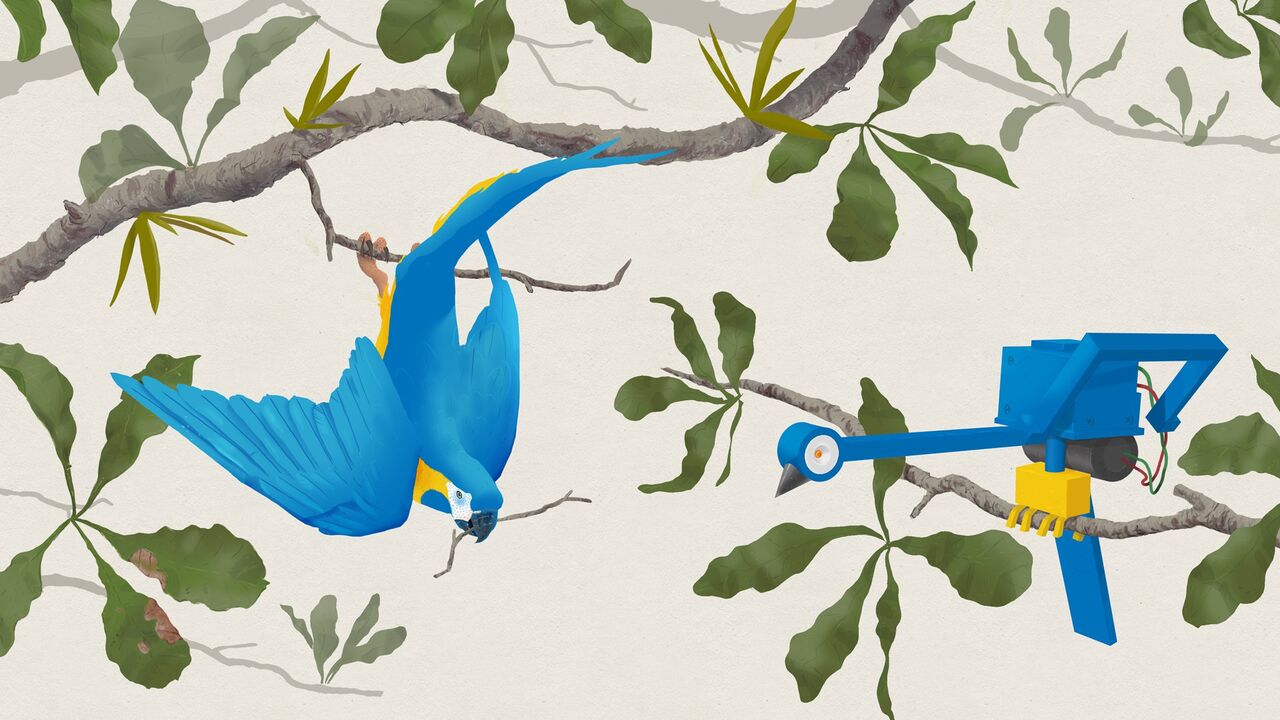
Machines through their agency are particularly revealing of human intentions and ambitions. As (semi-autonomous) bodies, with stomachs, senses and limbs, ranges and territories, some machines scuttle through landscapes in increasingly analogous ways to organisms. All of which makes them interesting lenses for looking at our times and our relations to biological beings. This study of machines and machine learning ideally takes place in environments shared with a variety of organic beings, because we can’t keep designing our technologies as if they exist in a vacuum, isolated from biological populations and environmental cycles. In-situ prototyping may engage with or reveal; local energy regimes, life cycles, material flows, or intricacies of non-human cultures. Through machines we may encounter worlds beyond our own direct perception, or explore languages beyond our sensory of vocal range. Machine Wilderness is a long term programme of in-situ prototyping with teams from a wide range of backgrounds and ages, in specific locations for longer periods of time.
When landscape appeared in European art it emerged first as a landscape of symbols. The Gothic depiction of Earth was populated with features that were primarily there as convenient symbols in a larger narrative geography. This was to be transformed rapidly into landscapes of fact with the optical instruments and linear perspective of the Renaissance. At present, landscape is emerging in artificial minds through machine learning from domains such as precision agriculture, mining, forestry, transport, and ecology. In machine perception the environment seems to emerge as a landscape of commodity.
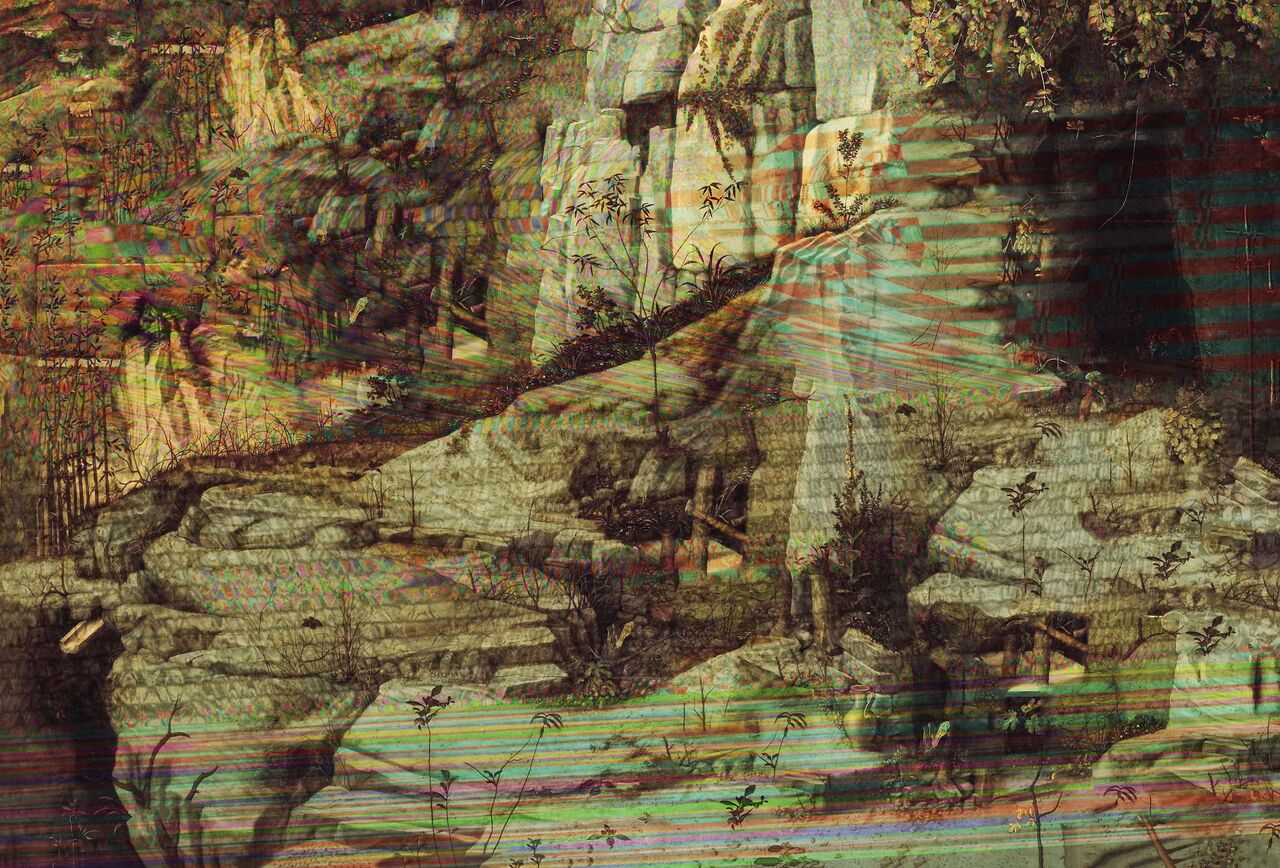
What is the impact of AI beyond our species?
How does environmental literacy arise in humans and other organisms, and how could it arise in machines with their endless attention span and adaptive anatomy? What would foster environmental machine learning? Where might machines get trapped in echoes of human bias? Where would they excel as explorers? Do machines need training forests, rivers and deserts, like the orphaned orangutangs of Borneo?
Do the artificial agents that are currently taking seats in corporate boardrooms, or analysing x-rays of patients, and attending to customer support deserve to spend their weekends floating around coral reefs, hiking across mountain ranges, or getting stuck in a swamp? What guidance would they need to coexist and participate in line with natural cycles and complex populations?
As explored in the field-based RandomForests and DeepSteward programmes.
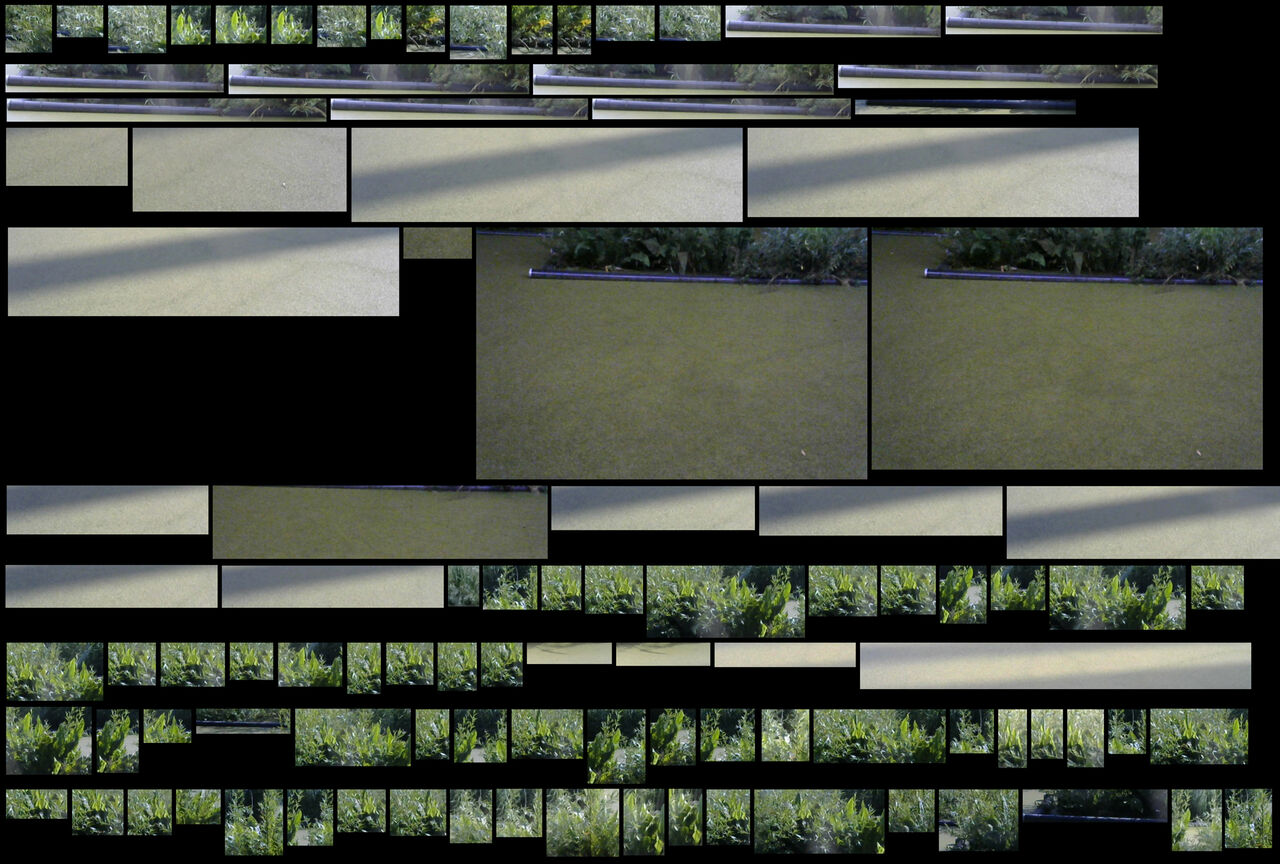
Asimov wrote a code of conduct in three lines intended to prevent robots from harming humans. In 2015 The Edge published 186 responses to the question WHAT DO YOU THINK ABOUT MACHINES THAT THINK? In a less human-centric perspective these lines might be rewritten for machines to coexist with all biological life and the environmental processes they depend on: while being subject to the same possibilities and problematics as the laws for robots
- An artificial agent may not injure life processes or, through inaction, allow the environmental commons to be destroyed beyond recovery.
- An artificial agent must obey orders given it by biological beings except where such orders would conflict with the First Law.
- An artificial agent must protect its own existence as long as such protection does not conflict with the First or Second Law.
Some Augmented Ecology Experiments
 Nevermore-a-matic by Ian Ingram during Machine Wilderness at the Ars Bioarctica residency at Kilpisjarvi Biological Fieldstation 2018
Nevermore-a-matic by Ian Ingram during Machine Wilderness at the Ars Bioarctica residency at Kilpisjarvi Biological Fieldstation 2018
 Machines learning directly with non-humans: The Spotter by Driessens en Verstappen making sense of the gibbons during Machine Wilderness at ARTIS Amsterdam Royal Zoo 2022
Machines learning directly with non-humans: The Spotter by Driessens en Verstappen making sense of the gibbons during Machine Wilderness at ARTIS Amsterdam Royal Zoo 2022
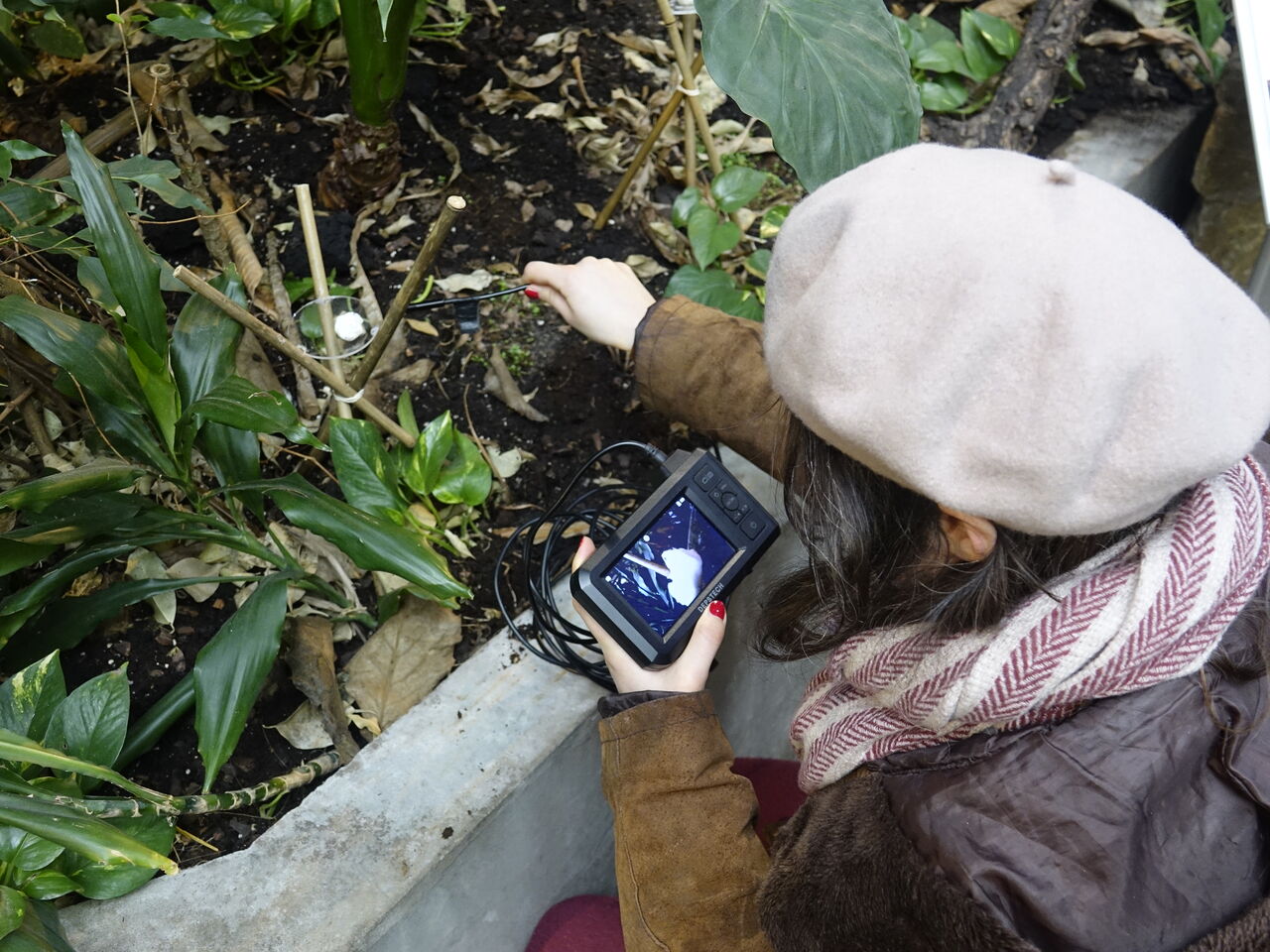 a visitor exploring Ant Observation Station set up by Heather Barnett during Machine Wilderness in the Gorillahouse at ARTIS Amsterdam Royal Zoo 2022
a visitor exploring Ant Observation Station set up by Heather Barnett during Machine Wilderness in the Gorillahouse at ARTIS Amsterdam Royal Zoo 2022
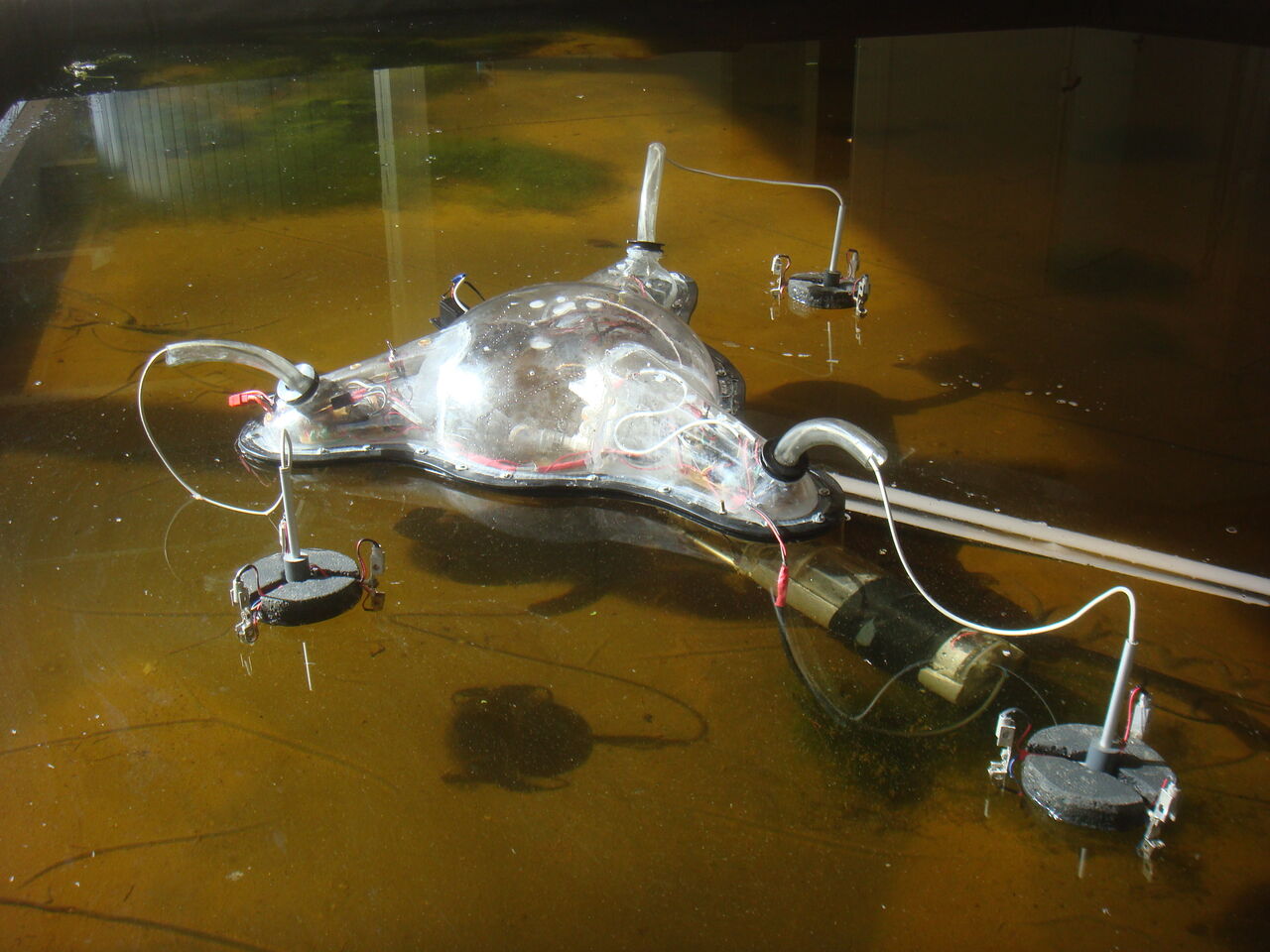 Machines participating in trophic networks: the Symbiotic Machine by long term Machine Wilderness participant Ivan Henriques, ingesting duckweed which it grinds into a photovoltaic layer in its stomach.
Machines participating in trophic networks: the Symbiotic Machine by long term Machine Wilderness participant Ivan Henriques, ingesting duckweed which it grinds into a photovoltaic layer in its stomach.
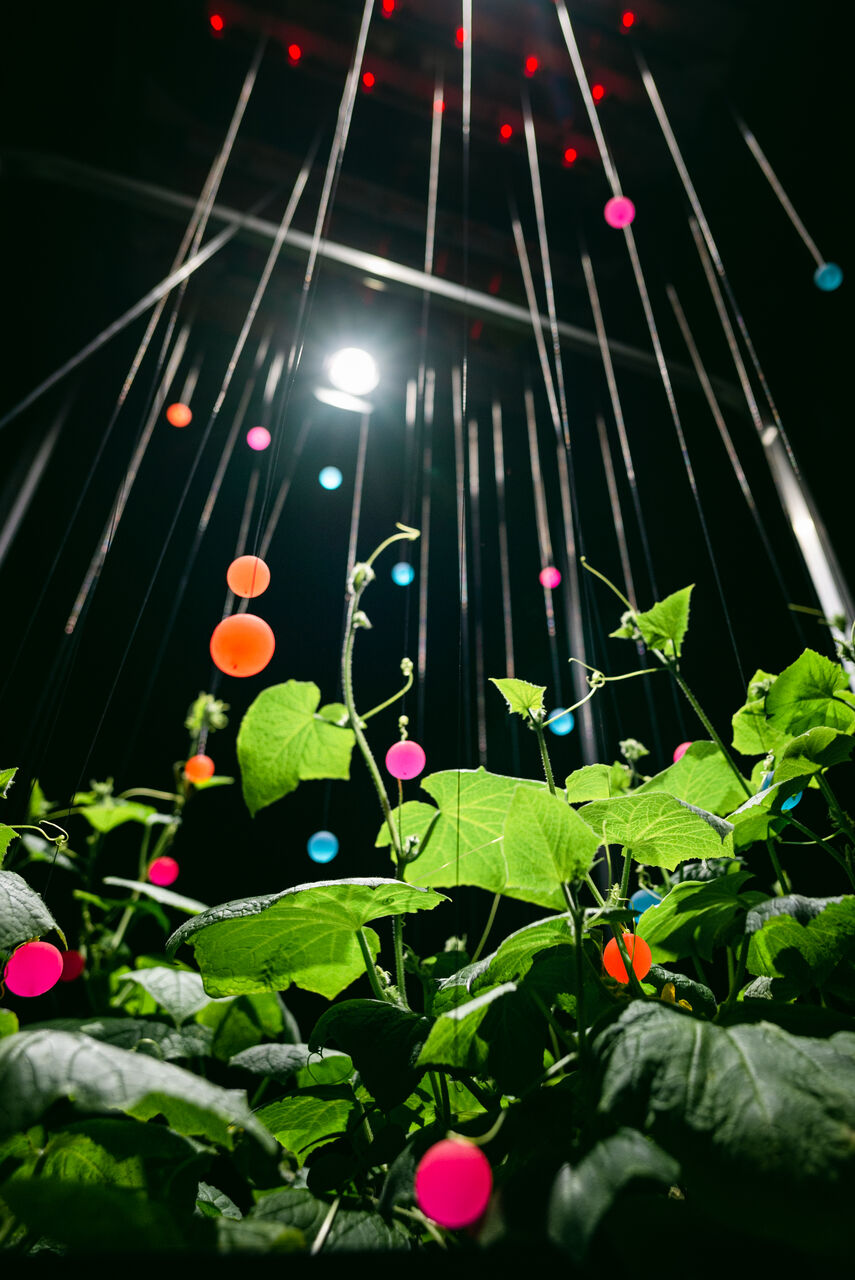 Machines bridging timescales between plants and humans: PL.AI by long term Machine Wilderness participant Špela Petrič explores machine – plant interaction through playful interaction.
Machines bridging timescales between plants and humans: PL.AI by long term Machine Wilderness participant Špela Petrič explores machine – plant interaction through playful interaction.
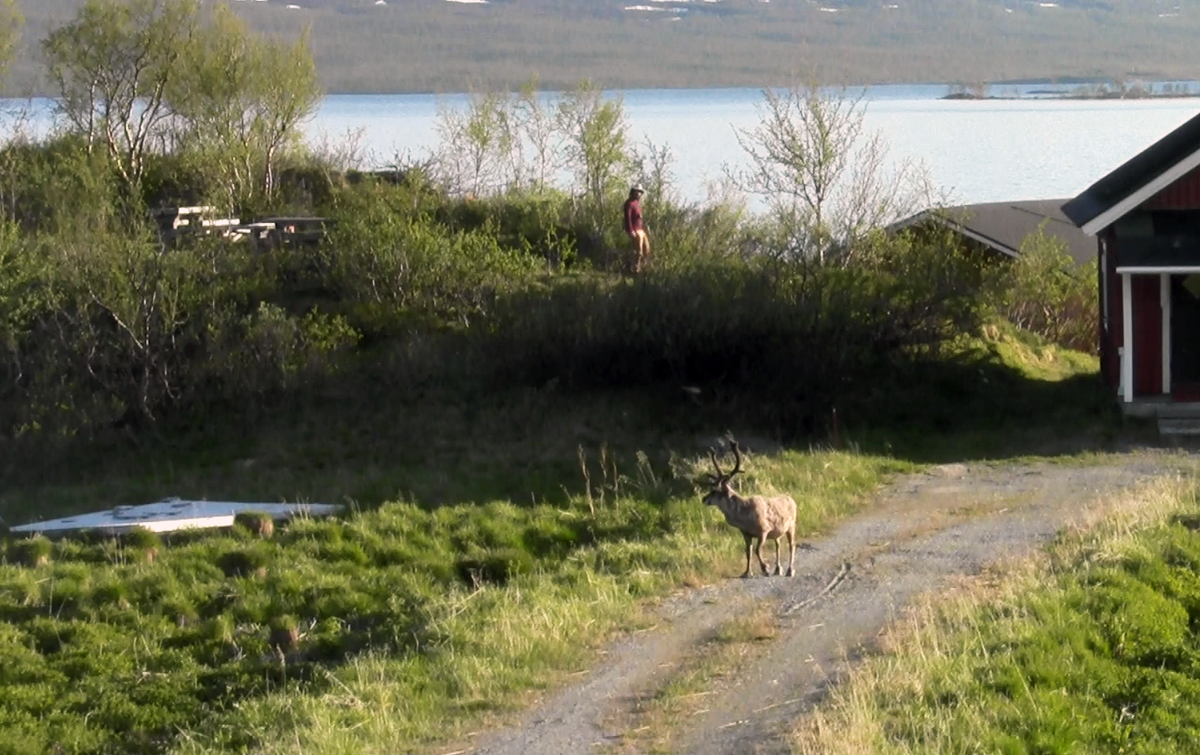 Ian Ingram during the during Machine Wilderness at the Ars Bioarctica residency at Kilpisjarvi Biological Fieldstation 2018
Ian Ingram during the during Machine Wilderness at the Ars Bioarctica residency at Kilpisjarvi Biological Fieldstation 2018
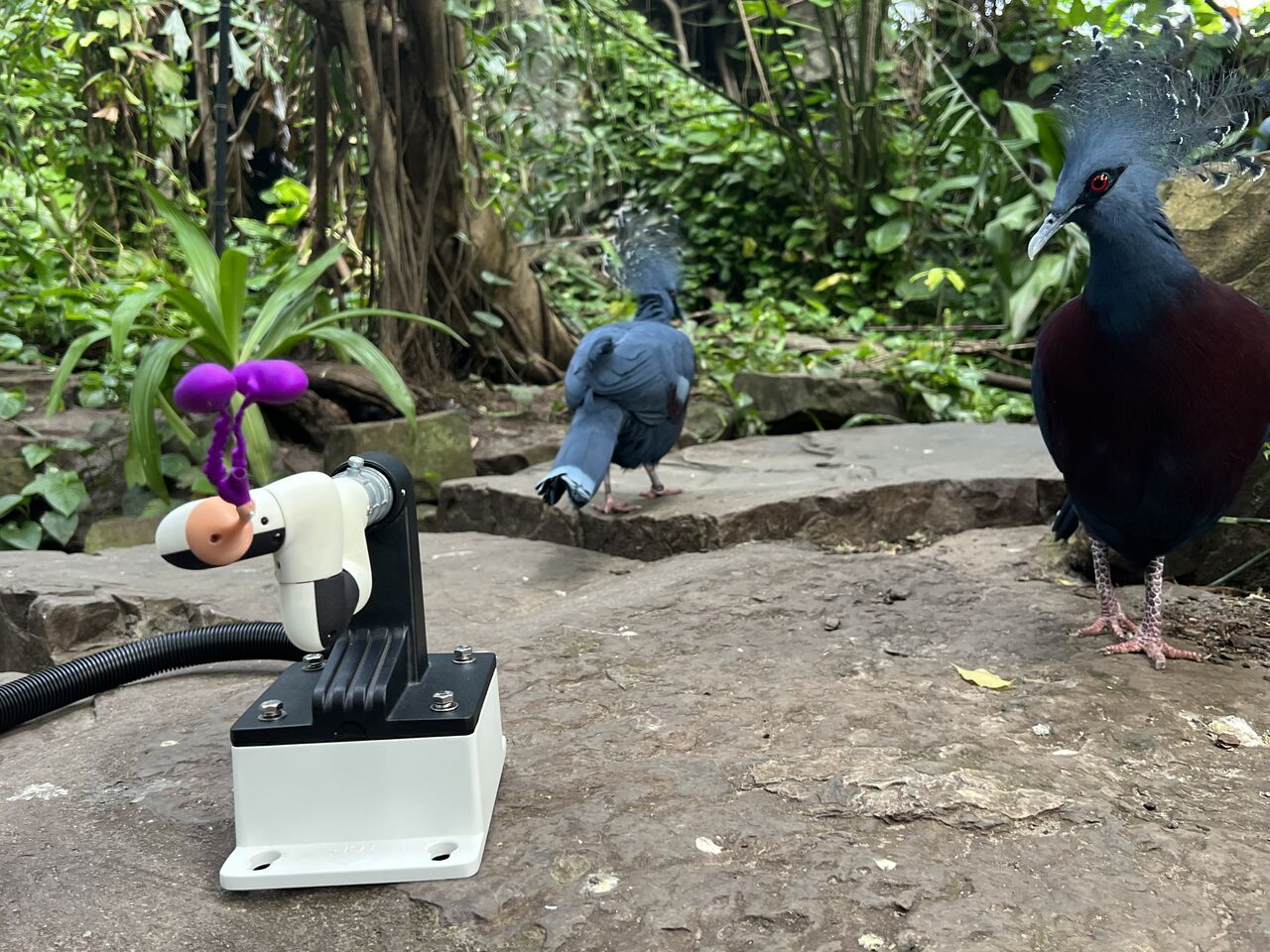 Pidgin Smidgen by Ian Ingram attracting a Victorian Crowned pigeon by mimicking its mating dance, in the Tropical Greenhouse in ARTIS Amsterdam Royal Zoo during Machine Wilderness 2022
Pidgin Smidgen by Ian Ingram attracting a Victorian Crowned pigeon by mimicking its mating dance, in the Tropical Greenhouse in ARTIS Amsterdam Royal Zoo during Machine Wilderness 2022
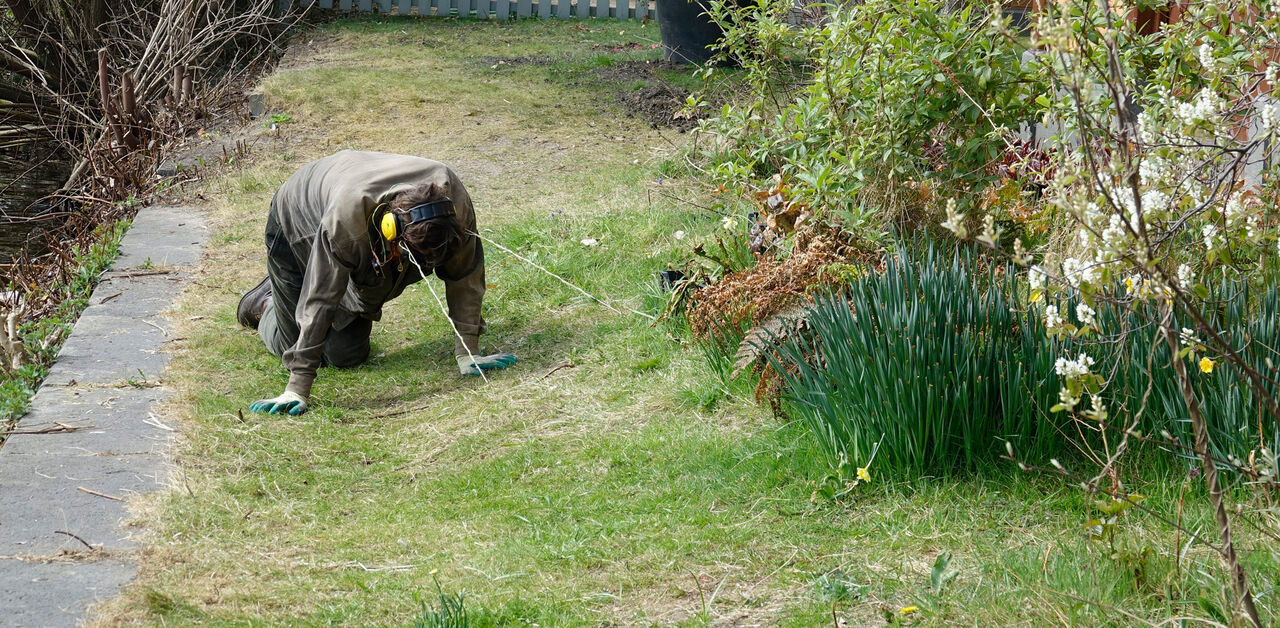 Machines extending human senses: Olivier Blom prototyping optic antennae during the ArtScience Interfaculty course Why Look At Animals? led by Cocky Eek during Machine Wilderness at ARTIS Amsterdam Royal Zoo 2022
Machines extending human senses: Olivier Blom prototyping optic antennae during the ArtScience Interfaculty course Why Look At Animals? led by Cocky Eek during Machine Wilderness at ARTIS Amsterdam Royal Zoo 2022
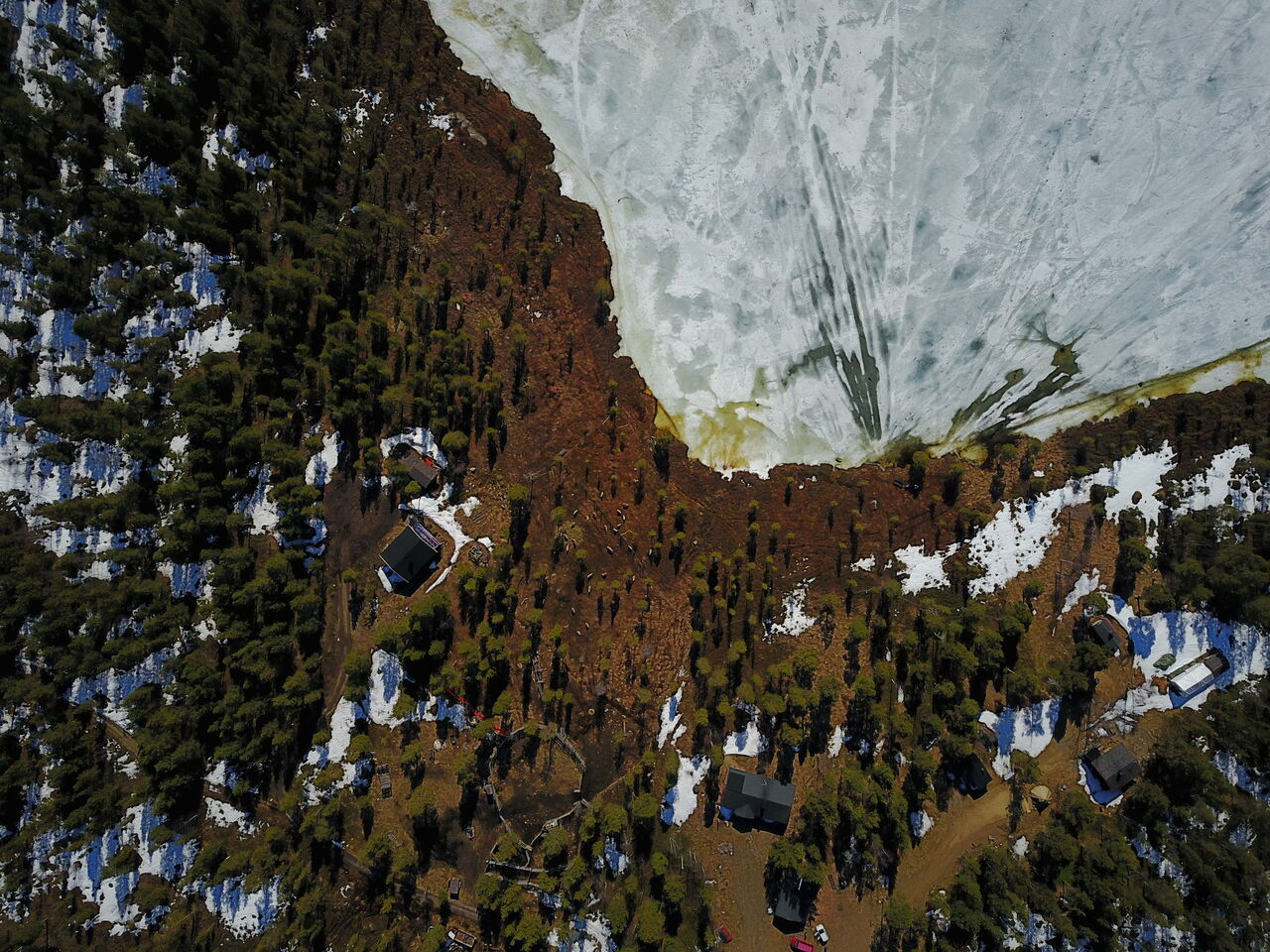 Drone view of visit to reindeer herder, to gather training images for Antti’s neural network during Random Forests 2018
Drone view of visit to reindeer herder, to gather training images for Antti’s neural network during Random Forests 2018
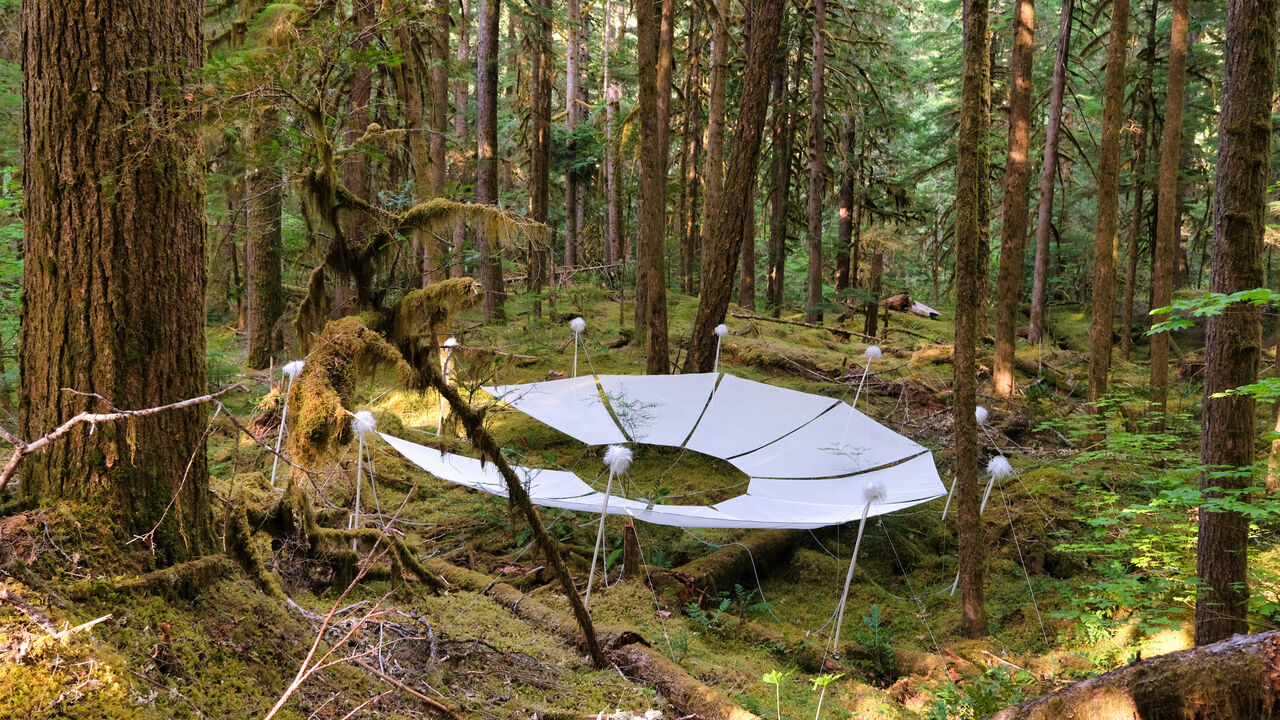 Machines at landscape-level: Brian House installing his Macrophones listening to infrasound in Willamette National Forest.
Machines at landscape-level: Brian House installing his Macrophones listening to infrasound in Willamette National Forest.
❧